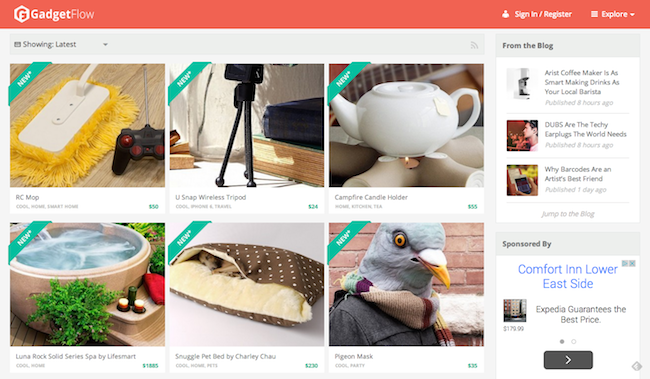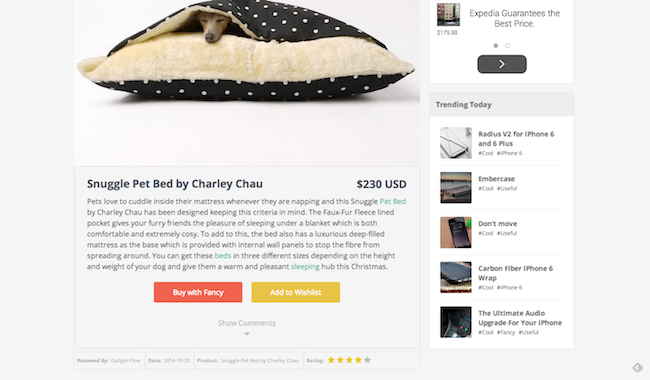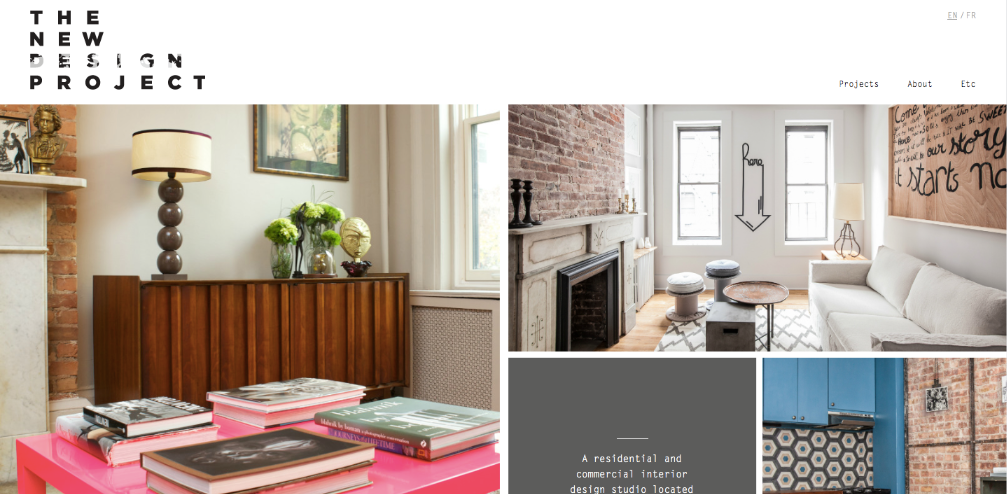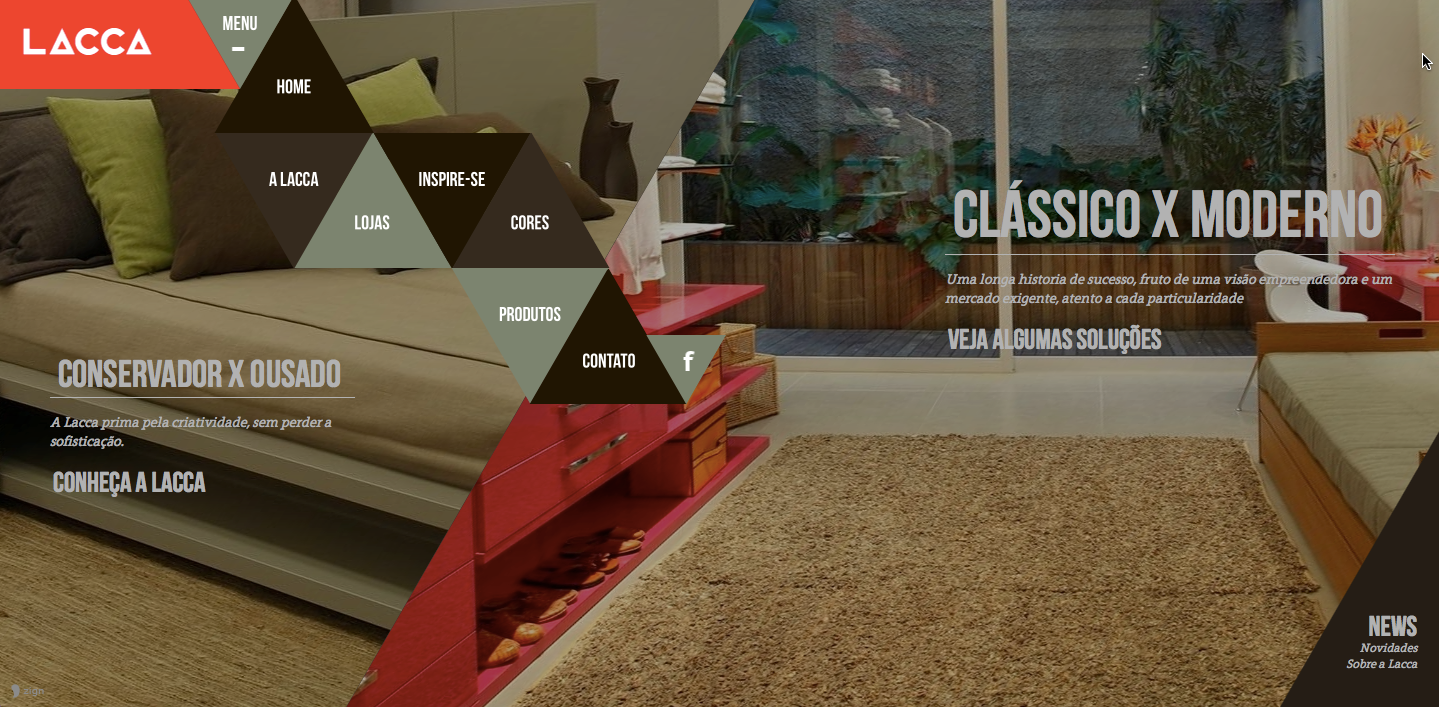
SEO is now considered a basic skill, not the more technical aspects, but a good solid understanding should be a pre-requisite.
So says our brand new
Skills of a Modern Marketer best practice guide. The report defines the soft skills needed to be successful in an organisation and the deep vertical knowledge areas that marketers see growing in importance in the coming years.
Search engine optimisation, as well as social media and the ability to write good copy, are considered fundamental skills and have grown increasingly important within the last few years.
If you take for instance the importance of content marketing efforts within companies, it’s vital for everyone in that company to have an appreciation of all the different skillsets required to make it work. Companies are also much more likely to hire you if you have a broader knowledge, as less and less roles require just one specific skillset.
So let’s get you started.
This will be a collection of all the fundamental knowledge that I’ve collected over the last year, which should hopefully be helpful for any beginner in any organisational role.
What is SEO?
SEO is the acronym for search engine optimisation. Search engine optimisation is the process of optimising your website and its content so that it can easily be indexed by search engines.
Using this indexed information about your website, search engines can provide searchers with the most relevant results based on their search terms. These listings are known as organic search results.
The results above these and to the right are paid-for ads. For this article we’ll be talking about your web page’s appearance in organic listings, however paid search is a fundamental part of search marketing and can be used in combination with SEO. For more info check out
What is paid search (PPC) and why do you need it?
Making your web page more visible to search engines
The following on-page techniques can help make your web pages more accessible to search engines and rank higher in search engine results pages (SERPs). Further down we'll discuss off-page SEO, the content itself and improving click-through-rates.
On-page SEO
These are all the elements on your web page that you can control in order to make it visible to search engines. For instance: the use of a search engine friendly URL with relevancy to the content, good internal linking, fast loading pages, logical and clear navigation and the use of Sitemaps.
Here’s some basics for improving your website’s visibility using on-page SEO.
Internal linking
Linking to content within your own site is a great indicator to search engines that your site has value.
Google sends out Googlebots (or Spiders) to fetch information on new and updated web pages. This is known as crawling and will lead to your website’s inclusion in search results.
Internal linksare a great way to help Googlebots search and index your site.
Internal links help you to rank for certain keywords and helps to distribute ‘link equity’ across your site. Some pages on your site may have more link equity than others, so it's important to pass some of that equity onto pages you'd like to improve rankings for, or pages that are more likely to convert visitors.
Internal links help reduce bounce rates. If people arrive at an article and you give them some related content and somewhere else to go once they have read it, then it gives them a reason to stay on the site a little longer.
Try to avoid over-stuffing paragraphs with internal links, as readers will either consciously or subconsciously assume the piece is a mere ‘link-building exercise’ and trust the content less. Search engines will make a similar assumption.
Two or three good quality internal links to relevant content, using accurate anchor text, spread throughout the article is best.
Anchor text
Concise yet descriptive anchor text helps search engines better understand your content. This is also very useful for users. When you add a link to a piece of text, make sure the text is completely relevant to the link and avoid phrases like ‘click here’.
Some SEO experts also advise that anchor text should be varied as many pages linking to one page using the same anchor text may look suspicious to search engines.
Headlines, titles and title tags
Keep them as concise as possible sticking to the
65 character rule, although not to the point of making them too obscure or meaningless.
“A beginner’s guide to SEO best practice for bloggers” is descriptive and accurate. However, to benefit your readers and because search engines tend to give keywords at the beginning of a headline the most attention it might be best to rework it.
“SEO best practice: a beginner’s guide” may be better as the most important words are at the front.
Search engines regard metadata and meta keywords as less important than they used to, thanks to years of black hat misuse, however the title of your page and its relevancy to the content will always be a highly important factor in SEO.
Choose a title that accurately reflects the topic of the page's content. Create a unique tag for each page on your site. Avoid using extremely lengthy titles and stuffing irrelevant keywords in your title tags.
XML Sitemap
This is a document hosted on your website’s server that lists every page on your website. It’s a way for webmasters to inform search engines when new pages have been added or updated.
This is particularly useful if your site has pages that aren’t easily discoverable by Google, such as pages with few links or pages with dynamic content such as Flash.
If you have a WordPress site, you don’t need to do a thing as a Sitemap is automatically generated and regularly submitted to search engines for you. If you need to make your own, here are some
formats and guidelines that will help you.
Navigation
Create a naturally flowing hierarchy. Make it easy for users to journey from general site information to more specific information. Provide breadcrumbs so users can easily navigate back and forth, and so users know where they are in the general layout of your website if they’ve arrived on page via other means.
Make sure you use text links to for navigation rather than animation or images. Search engine crawlers find text links easier to understand, as do users.
Comments
Prevent and remove spam from the comments sections of your site.
Ensure that ‘nofollow’ is implemented within your comments, so crawlers won’t assume that spam comments with links to erroneous or harmful websites are validated by your otherwise ethical site.
The controversy of how beneficial the practice of nofollow really is can be debated until your throat is sore or until Twitter has exceeded its capacity, however it’s what Google says is best practice and this section is all about playing by the rules.
Content
We can take it as read that the quality of your content is the most important ranking signal for all search engine algorithms.
If you’re not producing good, relevant, entertaining, helpful content at a regular rate, then all of the SEO practices in the world won’t help you in the long run.
Google has an algorithm that’s complicated, ever-changing and impossible to second-guess. All you can guarantee is that no matter what Google and other search engines are looking for in terms of ranking, the value of your content will always be the top priority.
Write for human readers not search engines. That way your content is more likely to be read and shared, helping to drive more traffic to your site and your audience will grow.
Regularity
Producing content, regularly and as often as you can is also a must for appearing in SERPs. When it comes to my own personal blog, I have a policy of publishing at least one article a day during the week.
Write as regularly as you can, and you’ll soon see that within a few months you’ll start to appear in SERPs and therefore pick up some organic traffic. If you don’t update regularly, search engines will view your site as irrelevant over time and rank you lower.
Length
Don’t be too concerned with the word-count. Whether you’ve been recommended that a post should be at least 300 words long, or 500-1,000 words if your blog is new, try to resist padding it out with waffle.
Be as concise as possible. A reader would rather read a shorter article that gets to the point then a long-winded epic.
That being said, if you’ve written a 1,000 word masterpiece stuffed with fascinating, completely relevant and helpful content, where you’ve been as tightly controlled and clear with your prose as possible, search engines will prefer this to one that’s half the length on the same subject.
The likelihood of you being penalised for writing a 290 word post instead of keeping to the often recommended 300 word optimal length is very low.
Improving click-through rates
There are many ways to make your search result appear more appealing to searchers. Here are some of the key recommended ones.
Meta description
The
meta description is the snippet of descriptive text that appears beneath the URL in SERPs and also when sharing the link on social media channels such as Facebook.
This is what searchers will read and their decision to click-through to your site will largely be determined by how relevant and readable this description us. You want this to be less than 150 characters long, with your keywords as near to the front as possible, but still make sense as a readable sentence.
Search engines will not raise you higher in the rankings because of the quality of the excerpt, but it will increase the likelihood that someone will click-through to your article based on how interesting, relevant or entertaining the excerpt is.
Authorship
Although there is no evidence to suggest that authorship helps your result rank higher, it certainly creates a more appealing and trustworthy listing that stands out from the other purely text based results, which can lead to higher CTR.
If you want your smiley little face to appear next to your content in search results like mine does…
Schema markup
Pages with Schema markup rank four positions higher in search results than pages without.
Schema markup gives webmasters all kinds of options to make their site’s listing on a SERP look all snazzy and relevant to your business or service.
It’s the difference between this…
and this…
Schema is basically a type of ‘rich snippet’, a HTML markup that adds extra detail to the text underneath the URL in a search result.
As you can see from above, if you’ve searched for ‘tiramisu recipe’ you are far more likely to click on the result that includes an image, a starred rating, a calorie count and various other bits of information that a webmaster can provide to make a result look more appealing.
Rich snippets are a way for you to tell search engines directly who you are, what you do and and to give precise information as to the product, service or content you’re providing.
Images
Image search is an important driver of traffic, but often images themselves are not optimised to their fullest potential.
Use brief but descriptive file names for your images, rather than ‘image0057’.
Always fill in the ‘Alt’ attribute. Search engines can’t see your images, but they can read the ‘Alt’ text. It’s important to describe your image as accurately as possible as this may not only improve your ranking in image search but also improve the accessibility for those using ‘image reader’ software.
You need to complete the Title, Alt Tags and Description fields when uploading an image for full optimisation. This won’t ‘do’:
Off-page SEO
These are methods that you can use to raise the ranking of a website through off-site, promotional means beyond its code or design. For instance…
Natural link building
Google treats a link from another website to your site as a vote of confidence. Google will therefore rank you higher based on that vote. Therefore the more links the better.
These links should be relevant though and of an organic quality. Not paid-for or gained through artificial, unrelated means.
Social media
It’s vital that any content that you create is pushed out through your social media channels. For many companies, businesses and publishers it’s one of the key drivers of traffic to their sites.
As personalisation and relevancy play increasingly important roles in governing exactly what a searcher sees in their search results, it’s crucial that all of your social channels are optimised to include all of the relevant keywords, contact information and a clear description of what you do.
In turn, all of your social channels should be clearly accessible from your website along with the ability to share your content with relevant share buttons.
Nearly every article we read is connected with an author, whose face, profile and social handles are visible for all. You can be sure that this personalisation facilitated by social will continue to factor highly in all current and future SEO activity. The importance of Google+ to Google SERPs can’t be underestimated. I’ll assume that you already have a
Google+ Business page, right?
Further reading for beginners
During my first year at Econsultancy I’ve been making a point of writing beginner’s guides to any new terms or phrases I find particularly baffling, or that I might suspect other people may find baffling too.
The following related articles should help clear up a few things…










 Truthfully, not all of us have the best design chops -- but that doesn't mean we should be in the dark about the latest design trends. While it may not be part of your day-to-day activities, one day, you'll find yourself dragged into a project like a website redesign. Suddenly, it'll feel like you're in a foreign country and you can't understand or speak the language, but you somehow have to navigate it all.
Truthfully, not all of us have the best design chops -- but that doesn't mean we should be in the dark about the latest design trends. While it may not be part of your day-to-day activities, one day, you'll find yourself dragged into a project like a website redesign. Suddenly, it'll feel like you're in a foreign country and you can't understand or speak the language, but you somehow have to navigate it all. 






